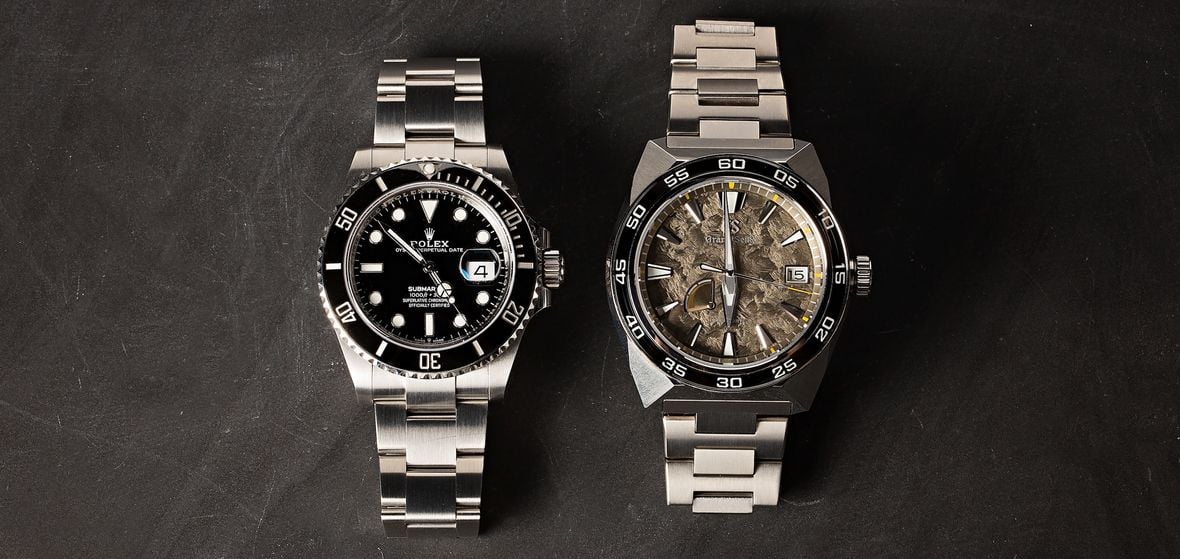Accurate timekeeping is essential in our daily lives, from making it to appointments on time to ensuring that our schedules run smoothly. A correctly set watch is a crucial tool in maintaining punctuality and organization. Moreover, a precisely set watch showcases the owner’s attention to detail and appreciation for the craftsmanship behind the timepiece.
When it comes to luxury brand watches, there are several types available, each with its unique features and setting procedures. The two main categories are mechanical watches and quartz watches. Mechanical watches are powered by a mainspring and require regular winding, while quartz watches are battery-powered and offer more precise timekeeping. Understanding the type of watch you own is crucial in learning how to set it correctly.
In this comprehensive guide, we will delve into the steps involved in setting both mechanical and quartz watches, as well as explore some of the additional features and complications that you may encounter. By the end of this article, you will have gained the knowledge and confidence to set your watch accurately, ensuring that you can rely on it for years to come.
If you are solely looking for information on how to set time on Rolex watches, how to wind a Rolex, or how to change the date on Rolex watches, we have created separate dedicated guides for reference.
How To Set a Watch: Mechanical Watches
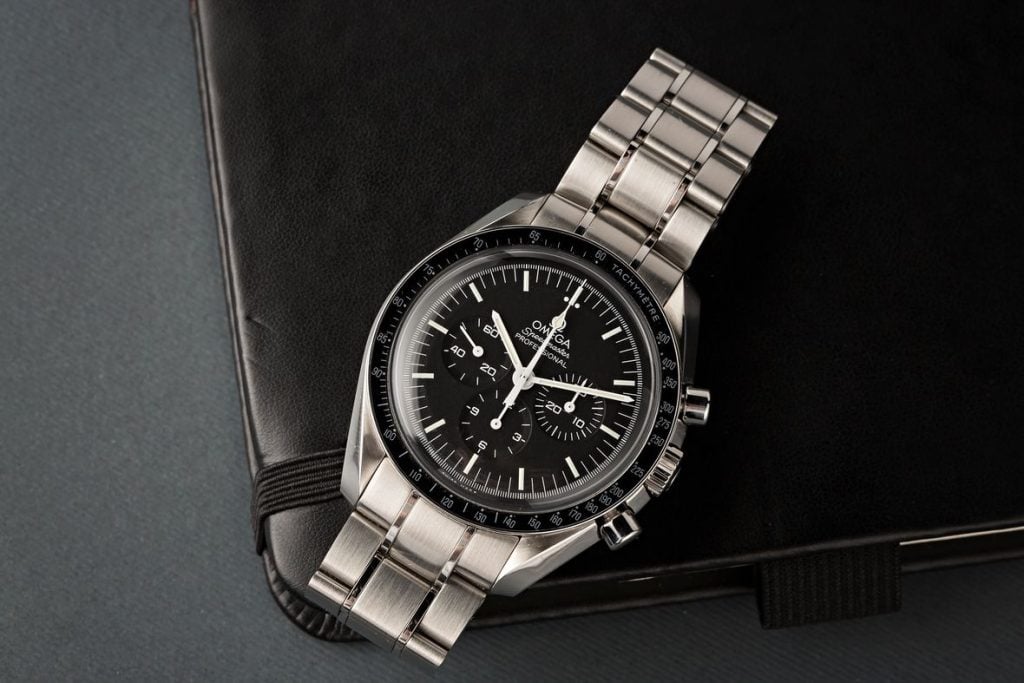
Mechanical watches have been around for centuries and are renowned for their intricate craftsmanship and engineering. These timepieces are powered by a mainspring, which is wound either manually or automatically. The energy from the wound mainspring is transferred through a series of gears and springs, ultimately regulating the movement of the watch hands.
Setting the time on a mechanical watch is a straightforward process. First, locate the crown, which is typically positioned on the side of the watch case at the 3 o’clock position. Gently pull out the crown to its furthest position. You may feel a slight click when the crown reaches this position. Once the crown is out, rotate it clockwise or counterclockwise to move the watch hands to the desired time. Be sure to pay attention to the position of the hour hand to ensure that you are setting the watch to the correct half of the day (AM or PM). Once you have set the time, push the crown back securely to its original position.
If your mechanical (manual) watch features a date function, setting it is a similar process. Locate the crown and pull it out to the first or second position, depending on the model of your watch. Refer to your watch’s manual for specific instructions. Once the crown is in the correct position, rotate it to change the date. Keep in mind that some watches may require you to cycle through a full 24-hour period to change the date, while others may have a quick-set date function.
Winding a mechanical watch is essential to maintain its power reserve and ensure accurate timekeeping. For manual-wind watches, like the Omega Speedmaster watch collection, simply rotate the crown clockwise while it is in its closed position until you feel resistance. This resistance indicates that the mainspring is fully wound. Be careful not to overwind the watch, as this can damage the movement. Most manual-wind watches require daily winding to maintain optimal performance.
Automatic mechanical watches, or self-winding watches, on the other hand, are equipped with a rotor that winds the mainspring through the natural motion of the wearer’s wrist. If the watch is worn regularly, it will maintain its power reserve. However, if an automatic watch has not been worn for an extended period, it may need to be wound manually to get it started again.
How To Set a Watch: Quartz Watches
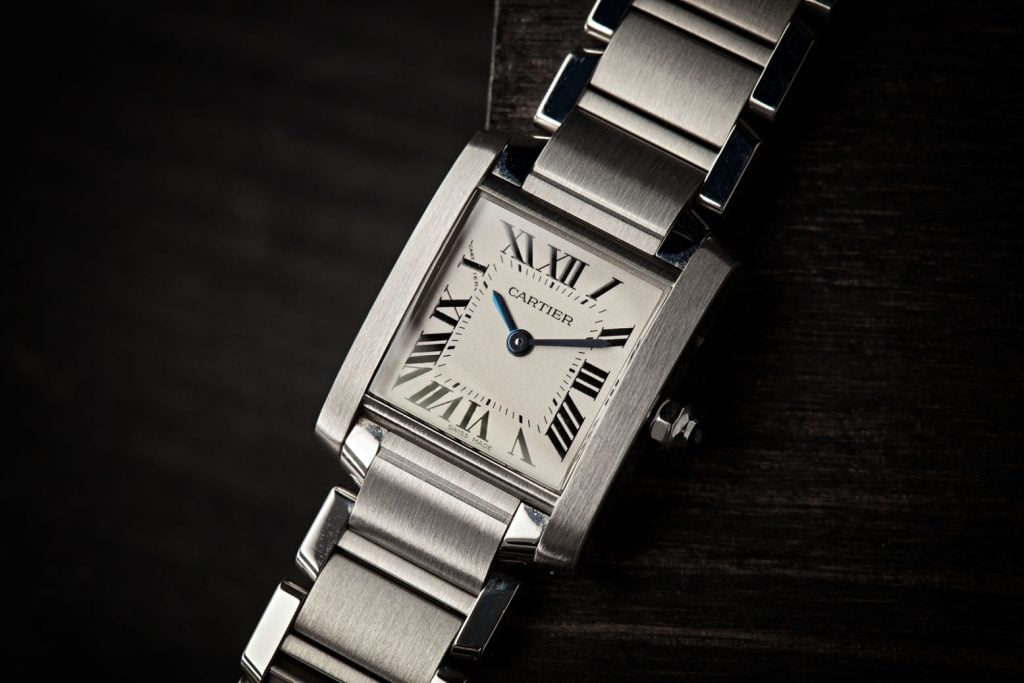
Quartz watches, like those from the Cartier Tank watch line, introduced in the late 1960s, revolutionized the watchmaking industry with their precision and affordability. These watches are powered by a battery that sends an electrical current through a small quartz crystal, causing it to vibrate at a frequency of 32,768 times per second. This vibration is then translated into the movement of the watch hands, resulting in highly accurate timekeeping.
Setting the time on a quartz watch is very similar to setting a mechanical watch. Locate the crown on the side of the watch case and pull it out to its outermost position. You may feel a slight click when the crown reaches this position. Rotate the crown clockwise or counterclockwise to move the watch hands to the desired time. Once you have set the time, push the crown back in securely to its original position.
If your quartz watch has a date function, setting it follows the same process as with mechanical watches. Pull the crown out to the first or second position, then rotate it to change the date. Consult your watch’s manual for specific instructions on how to set the watch, as some quartz watches may have additional steps or requirements for setting the date.
One of the main advantages of quartz watches is their low maintenance requirements. Unlike mechanical watches, quartz watches do not need to be wound regularly. However, they do require a battery change every 1-5 years, depending on the model and type of battery used. When the second hand begins to tick in 4-second intervals, or the watch stops altogether, it’s a sign that the battery needs to be replaced.
To replace the battery in a quartz watch, it is recommended to take it to a professional watchmaker or jeweler. They will have the necessary tools and expertise to open the watch case, remove the old battery, and install a new one without damaging the movement or compromising the watch’s water resistance.
How To Set a Watch: Complications and Additional Features
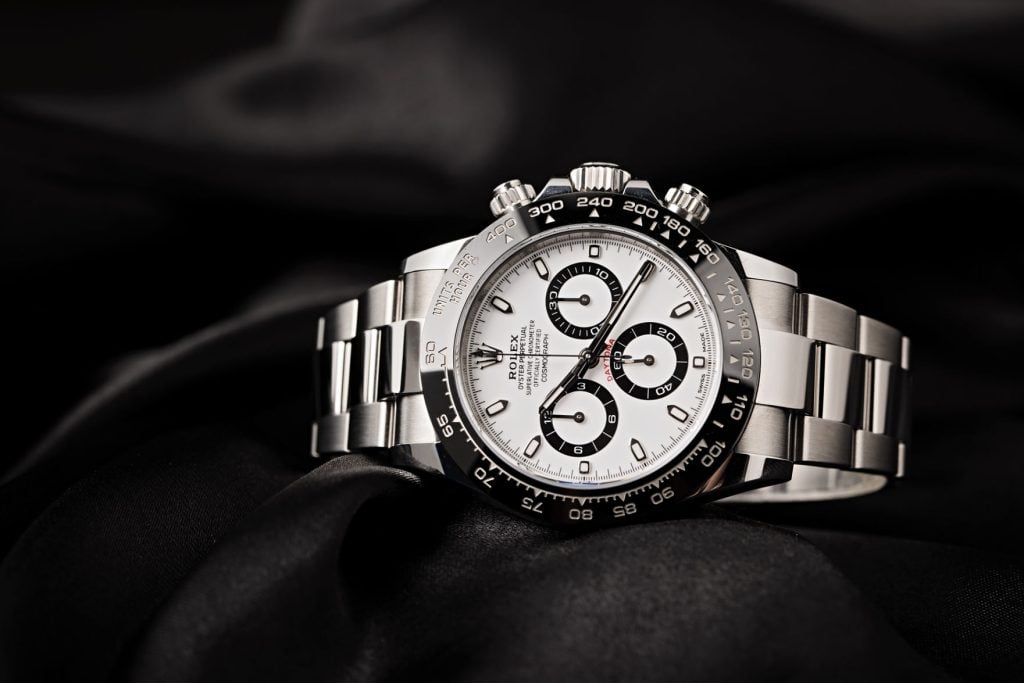
While the primary function of a watch is to tell time, many watches come equipped with additional features and complications that enhance their functionality and aesthetic appeal. In this section, we will explore some of the most common watch complications and how to set them.
Chronograph watches, like the Rolex Daytona watch collection, are watches that feature a built-in stopwatch function, allowing the wearer to measure elapsed time. These watches typically have additional pushers on the side of the case, which are used to start, stop, and reset the chronograph. To use a chronograph watch, press the top pusher to start the timer. Press it again to stop the timer, and then press the bottom pusher to reset the chronograph hands to zero.
GMT watches, like the Rolex GMT-Master watch collection, feature an additional hour hand that makes one complete rotation every 24 hours. This allows the wearer to track a second time zone, which is particularly useful for travelers or those who work with international colleagues. To set the GMT hand, pull the crown out to the first or second position and rotate it until the GMT hand points to the desired hour. Some GMT watches may have rotating bezels, that require you to rotate them to align with the desired time zone.
Perpetual calendar watches are highly complex watch complications that automatically adjust the date, considering the varying lengths of months and even leap years. Setting a perpetual calendar can be an intricate process, as each model may have its own unique steps. Generally, you will need to use a combination of the crown and pushers to set the date, month, and year. It is essential to refer to your watch’s manual for specific instructions to avoid damaging the delicate movement.
Maintenance and Care

To ensure that your watch continues to function accurately and maintain its appearance, regular maintenance and care of a luxury watch is essential. This section will provide you with some tips on how to keep your luxury watch, or to keep your Rolex watch in top condition.
Mechanical watches require regular servicing to maintain their precision and longevity. It is recommended to have your mechanical watch serviced by a professional watchmaker every 3-5 years, depending on the model and its usage. For Rolex watches, the cost of servicing can vary depending on the model, age, and condition of the watch, as well as the type of service required. On average, a basic service for a modern Rolex can range from $800 to $1,000, while more extensive repairs or services for vintage models may cost upwards of $1,500 or more. It’s essential to have your Rolex serviced by a qualified and experienced watchmaker to ensure the best possible care for your timepiece. During a service, the watchmaker will disassemble the movement, clean, and lubricate the components, and replace any worn or damaged parts. This process helps to prevent excessive wear and tear and ensures that your watch continues to run accurately.
Protecting your watch from water, shocks, and magnetic fields is crucial to maintaining its performance and appearance. While many modern watches are equipped with water-resistant or waterproof features, it is essential to check your watch’s specific water resistance rating and adhere to its limitations. Avoid exposing your watch to extreme temperatures, as this can cause condensation and damage the movement.
Shocks, such as dropping your watch or hitting it against a hard surface, can also cause significant damage. Always handle your watch with care and avoid wearing it during activities that may subject it to severe impacts. Similarly, exposure to strong magnetic fields can affect the accuracy of your watch’s movement. Keep your watch away from electronic devices, such as smartphones and laptops, which can generate magnetic fields.
Proper storage is another key aspect of watch maintenance. When not in use, store your watch in a cool, dry place, away from direct sunlight and humidity. Consider using a watch box or a soft cloth pouch to protect your timepiece from dust, scratches, and other potential hazards.
Regular cleaning is also essential to keep your watch looking its best. Use a soft, damp cloth to wipe down the case and bracelet, paying attention to any crevices where dirt and grime may accumulate. For more thorough cleaning, you can use a soft-bristled brush and mild soap to gently scrub the bracelet and case back. Be sure to rinse the watch thoroughly and dry it with a soft cloth to prevent water spots.
Mastering the Art of Watch Setting
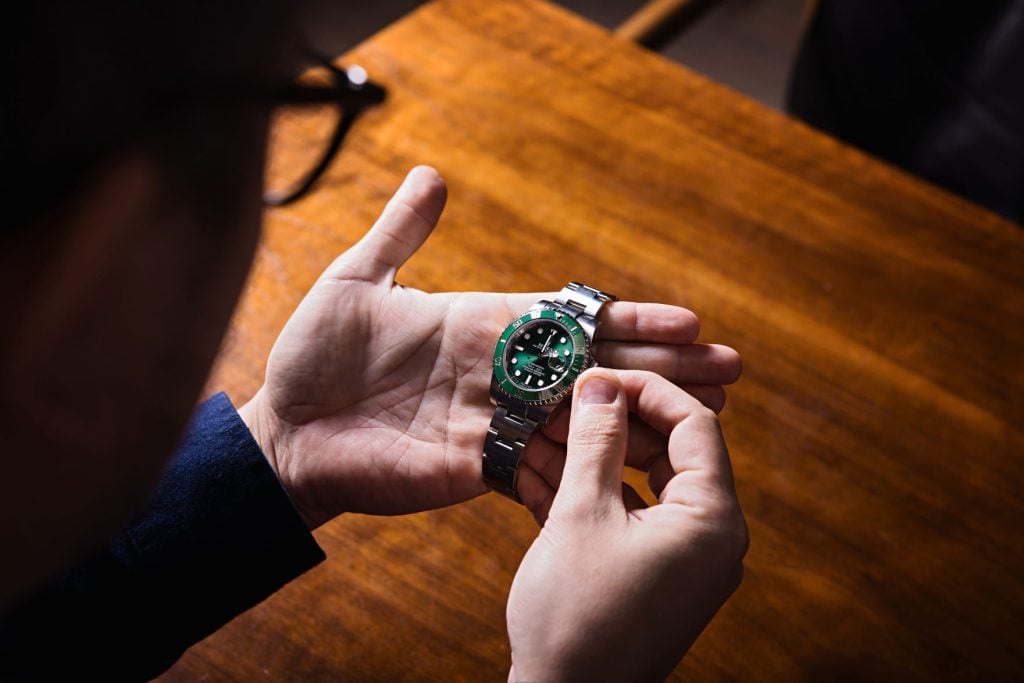
Learning how to set a watch correctly is a crucial skill that every watch owner should master. By understanding the different types of watches and their unique features, you can ensure that your timepiece remains accurate and reliable. Whether you own a mechanical (manual or automatic) watch or a quartz watch, following the proper setting procedures and regularly maintaining your watch will help it last for years to come.
Throughout this guide, we have covered the essential steps for setting the time, date, and various complications on both mechanical and quartz watches. We have also discussed the importance of regular maintenance, such as servicing your mechanical watch, protecting your timepiece from water, shocks, and magnetic fields, and storing it properly when not in use.
By following these guidelines and taking the time to familiarize yourself with your watch’s specific features, you can enjoy the many benefits of owning a precisely set and well-maintained timepiece. Not only will your watch serve as a reliable tool for keeping you on schedule, but it will also reflect your attention to detail and appreciation for fine craftsmanship.
As you continue to explore the world of watches, remember that setting your watch is just the beginning. There is a vast array of styles, complications, and brands to discover, each with its own unique history and appeal. Whether you are a seasoned collector or a newcomer to the world of horology, taking the time to learn about your watch and how to care for it properly will deepen your appreciation for these remarkable timepieces.


